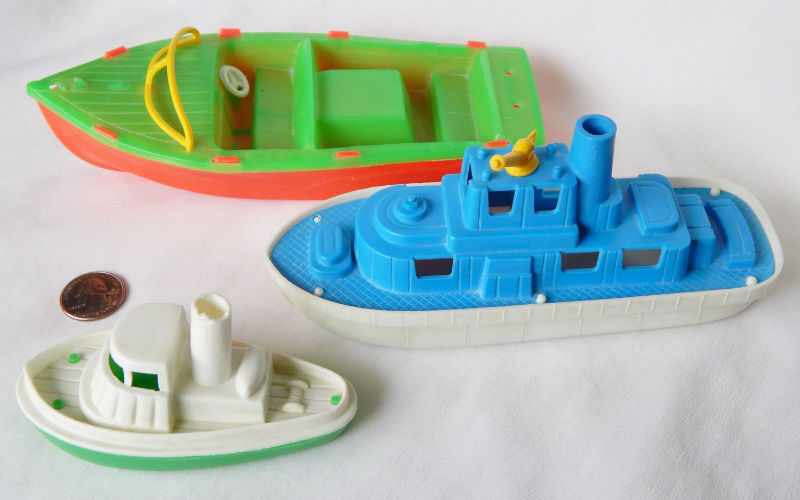Defence Minister Richard Marles is hoping today’s announcement about the restructuring of the Royal Australian Navy will keep us all feeling happy and safe. Rex Patrick warns a lot of caution is required.
On 16 September 2021 then Prime Minister Scott “from marketing” Morrison used his AUKUS announcement to bury the fact he was cancelling the troubled Attack Class submarine program – years wasted and $3B shredded. Today Defence Minister Richard Marles used the thrill of new purchases to bury the fact that Navy procurement is still an utter shambles.
After today’s announcement, we’ll see our navy moving forward as follows.
Submarines
There was no new announcement on our submarines; the status quo remains.
Our sailors will be sent to sea for the next decade on six aging Collins Class submarines that were supposed to retire in 2026. The life-of-type extension planned to keep them going will cost the taxpayer more than $6B dollars.
Sometime in the mid-2030s, if we can get the United States Congress to match Prime Minister Albanese’s $US5B submarine industry support donation (which Congress declined to match last week), and if isolationist and erratic Donald Trump doesn’t get elected, we’ll have the first of three Virginia Class submarines appear alongside a naval base in WA.
That’s the initial deal – if it happens. A decade will pass, and we might get some US-built vessels at full price plus a $5B sweetener. No significant Australian industry involvement in construction. Apparently, no refund if it all falls over.
We’ll then switch from the highly capable Virginia Class submarine to an unknown and unbuilt new design, the AUKUS-SSN, developed by the UK’s shipbuilding industry that has persistently been late and over budget on naval construction.
I just want a Ferrari, sorry, a nuclear submarine, no matter the cost
Air warfare destroyers
According to Marles, upgraded air defence and strike capability will be procured for our three Air Warfare Destroyers, but apart from that, it’s status quo.
The Government did announce that it will announce the Air Warfare Destroyer replacement program in the future.
Future frigates
There will be a reduction in the number of future frigates from nine to six, simultaneously raising the unit cost of the ships (assuming the budget remains at $45B for each of these ships, the price has gone from $5B per vessel to $7B per vessel) while reducing our anti-submarine capability, at a time when we have a record number of submarines in our region, with that threat only likely to grow further.
Whilst we’re buying nuclear submarines to station off ports in China, the Chinese Navy already has nuclear submarines to station off Sydney heads and Rottnest Island near Perth. The Chinese submarine commander’s job just got a bit easier today.
Marles mauled as Future Frigates farce lights up Defence fracas
General purpose frigates
The one positive announcement from today is the procurement of 11 general-purpose frigates, though the term corvette might be more appropriate for these smallish vessels.
There was little detail in the announcement today, but It’s reasonable to assume that Defence will eventually select some design of a ship that has not been fielded and try to load it up with ‘RAN special sauce’, an approach that added risk and guaranteed that future frigates blew out in cost and schedule.
The first three of these vessels look to be built overseas. That’s Australian jobs exported.
‘Optionally Crewed Surface Vessels’
The media loves novelty, and today’s announcement was loaded up with an exciting new element: six “Large Optionally Crewed Surface Vessels”. Cynics might think that these ships might be a solution to the Navy’s chronic recruitment and retention problems, and fielding autonomous platforms might help with that.
However, the thing to understand is that this is another ambitious venture into new and largely untried technology when the Navy and Defence really can’t afford another major project failure. Perhaps these still drawing board concept boats might be great, but one would want to see a lot more detail before seeing this as an assured capability that will be delivered on time and on budget.
Offshore patrol vessels
If you haven’t heard of the OPVs, these are vessels slightly larger than a patrol boat which the Navy decided to build 12 of. A construction contract was signed in 2018 and we still don’t have an operational vessel available to Navy use.
That’s correct; in the time it took for World War II to start and then end, we haven’t been able to build and commission one patrol vessel into the Navy.
The Government has cut the build number in half to 6.
The real problem left unsolved
Defence Minister Richard Marles left the Naval shipbuilding capability issue unsolved today; the “always choose something special and untested” problem.
He should have been looking through the track record of failure, of massive cost blow-outs, protracted delay and abrupt cancellations, to find a real fix necessary to solve the Navy’s (and Army and Air Force’s) woes.
Defence has consistently failed to manage project risk, taxpayers have been picking up the tab on every occasion.
Dumb Ways to Buy: Defence “shambles” unveiled – former submariner and senator Rex Patrick
This problem starts with our Senior military officers, who were no doubt great warfighters in their junior ADF years, having little project management experience. They’re the ones making high-risk purchase recommendations to Cabinet ministers – who have zero project management experience.
In choosing paper capabilities, Defence exposes its programs and taxpayers to budget blowouts that ultimately mean there’s less money to spend on other much-needed Defence capabilities and schedule blowouts that leave our service men and women without modern capabilities.
Repeated failures
Over the past decade, we’ve seen the cancelled Multiple-Role Helicopter program ($3.5B wasted), the cancelled Sky Guardian medium altitude long endurance attack drone program ($1.3B), the cancelled Army’s Battle Management system ($760M), the failed Spartan battlefield airlift aircraft ($900M), the failed Tiger helicopter program ($1.8B wasted) and the cancelled Attack Class submarine program ($3B).
Two weeks ago, the Auditor-General reported to the Parliament that, across 20 major Defence projects, the “total schedule slippage was 453 months (23%) when compared to initial project planning”.
There hasn’t been any accountability for past procurement failures or reform to ensure better performance in the future.
So, we need to put away the undue excitement of some from today’s announcement. We need to appreciate that today’s announcement will see the same incompetent organisations that consistently deliver failure put in charge of the announced programs.
The real change that’s needed from today moving forward is some real constraint on our Defence bureaucrats from doing anything remotely risky.
Our future ships need to be proven designs, built in Australia, and later enhanced by local industry to improve a working baseline design.
Big announcements and press conferences don’t deliver the goods. Effective project management by leaders and teams with deep expertise and experience do. That’s what Defence needs to build if they are to do better in the future.
Rex Patrick is a former Senator for South Australia and, earlier, a submariner in the armed forces. Best known as an anti-corruption and transparency crusader, Rex is also known as the "Transparency Warrior."

